Interpreting Your Management Style: CVF Framework Report
VerifiedAdded on 2022/08/21
|5
|957
|17
Report
AI Summary
This assignment is an interpretative report analyzing the student's management style based on the Competing Values Framework (CVF) as outlined by Quinn et al. The student completed a self-assessment survey comprising 36 statements related to managerial practices, scoring themselves on a scale of 1 to 7 for each statement. The results were then used to compute scores for each of the four quadrants: Facilitator/Mentor, Innovator/Broker, Producer/Director, and Coordinator/Monitor. The student's profile revealed strengths in collaboration and creation, reflecting strong soft skills and an ability to work in teams and innovate. Conversely, the analysis identified weaker areas in control and competition, particularly in developing and communicating a vision. This report uses the CVF framework to provide a high-level overview of the student's proficiency in each quadrant, highlighting areas of strength and those that could benefit from further development for management mastery.
1 out of 5
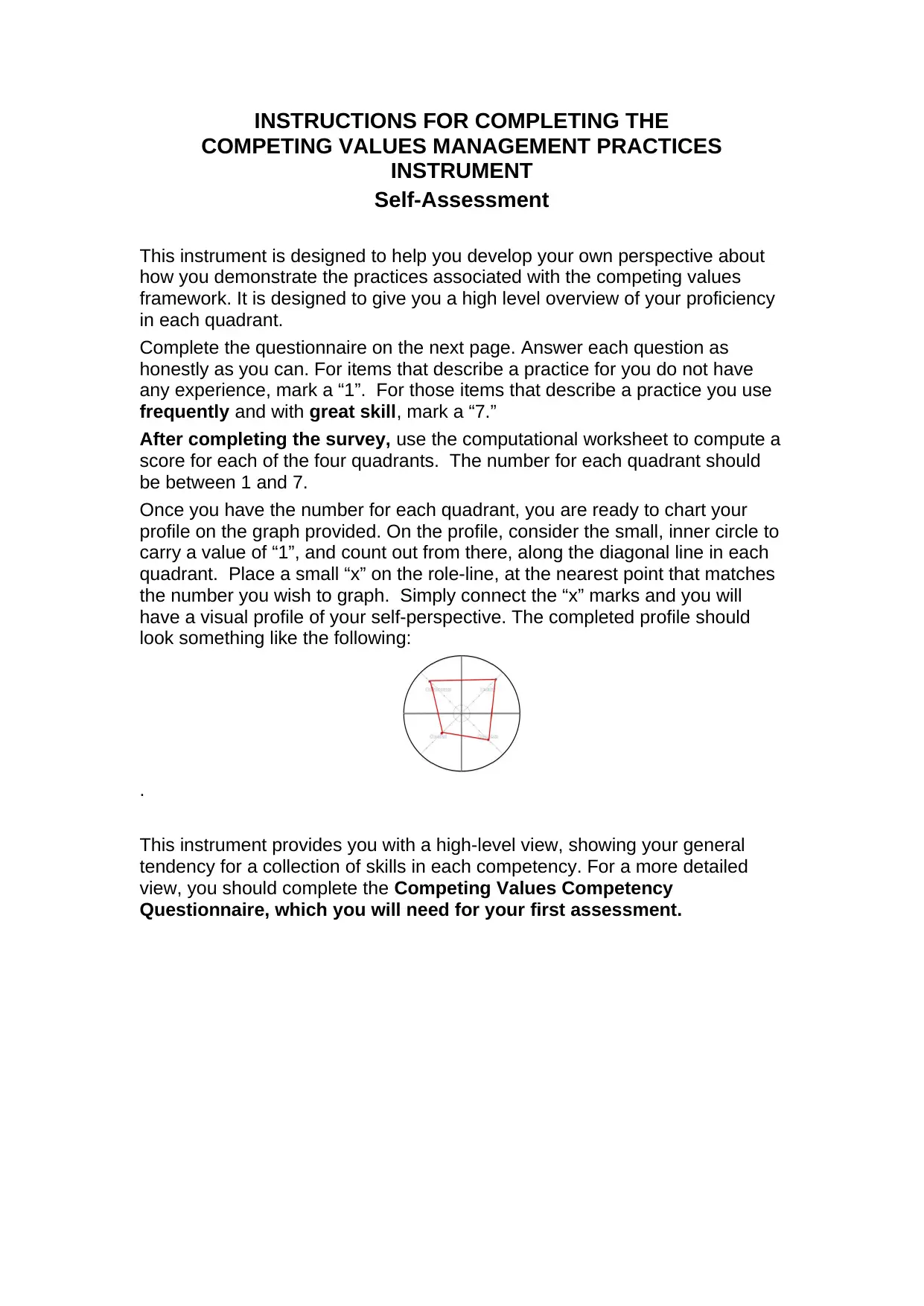
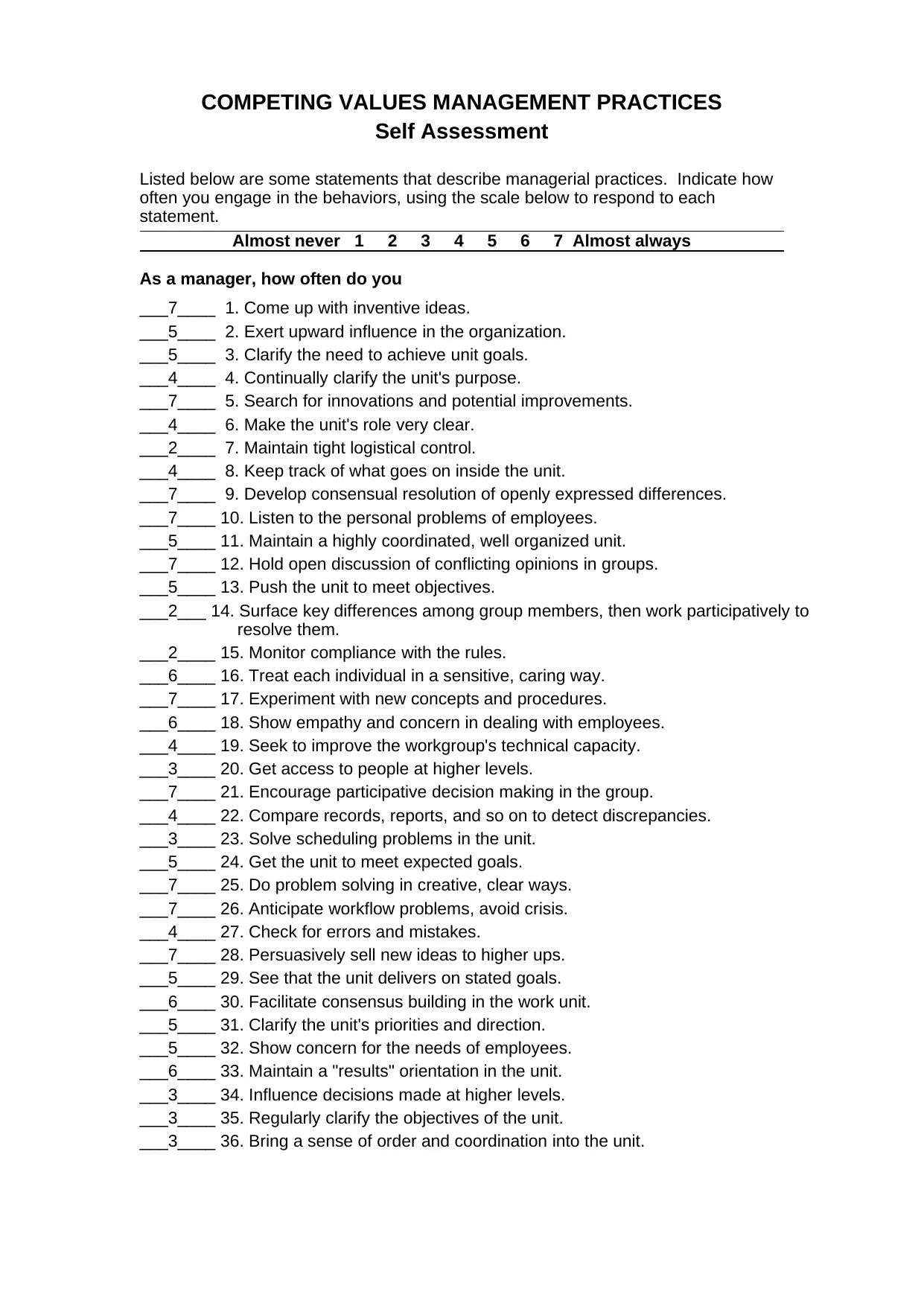
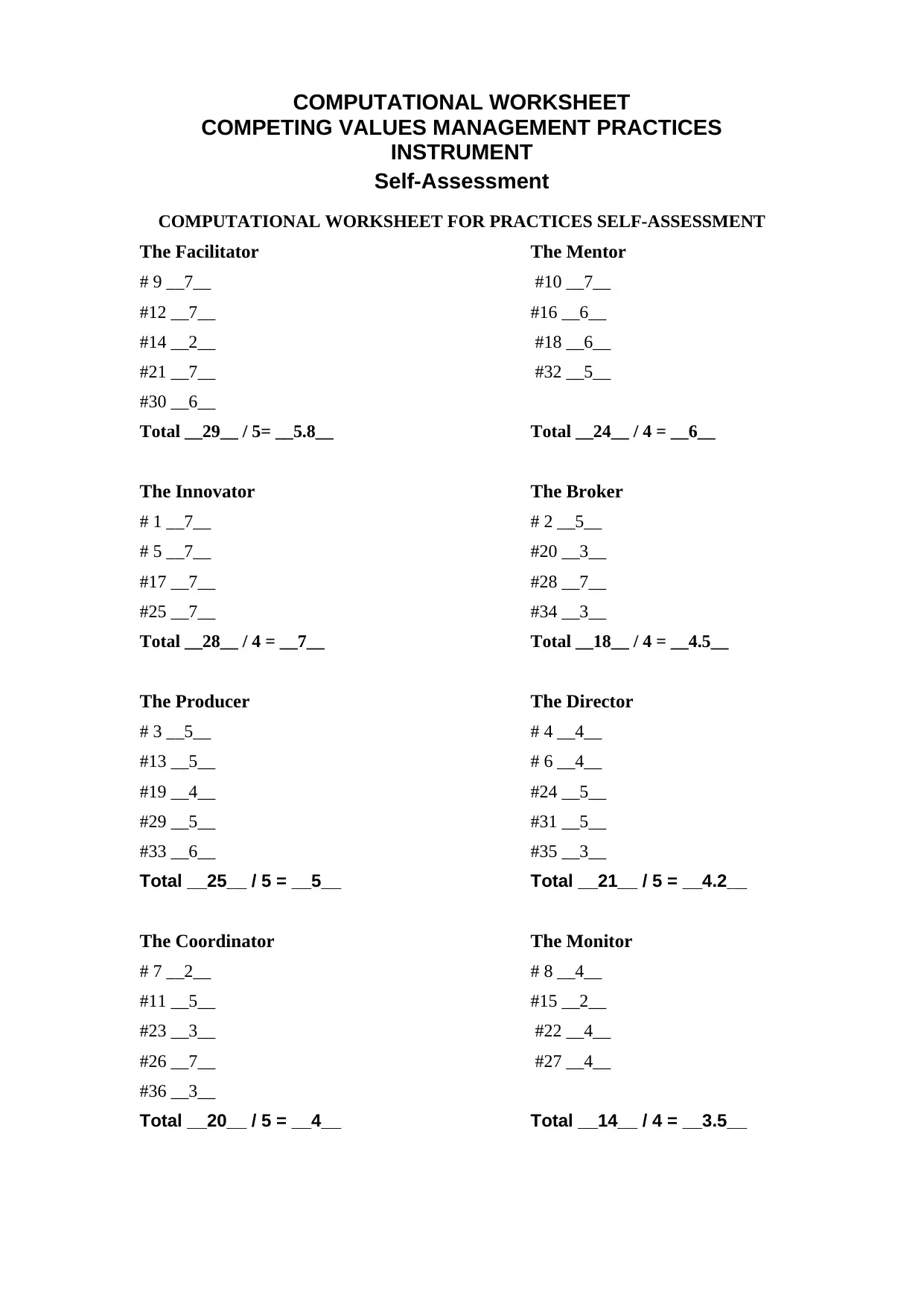

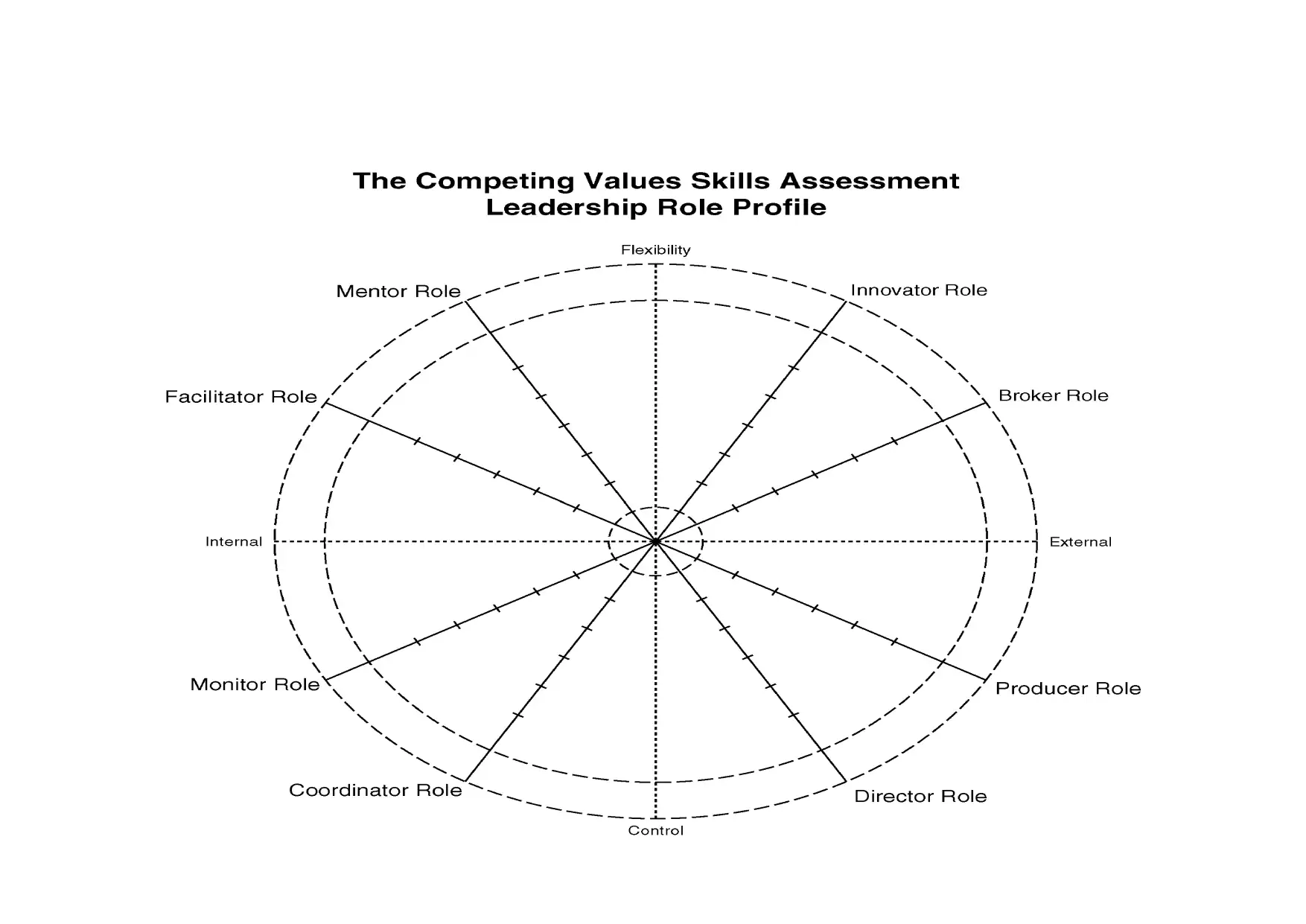
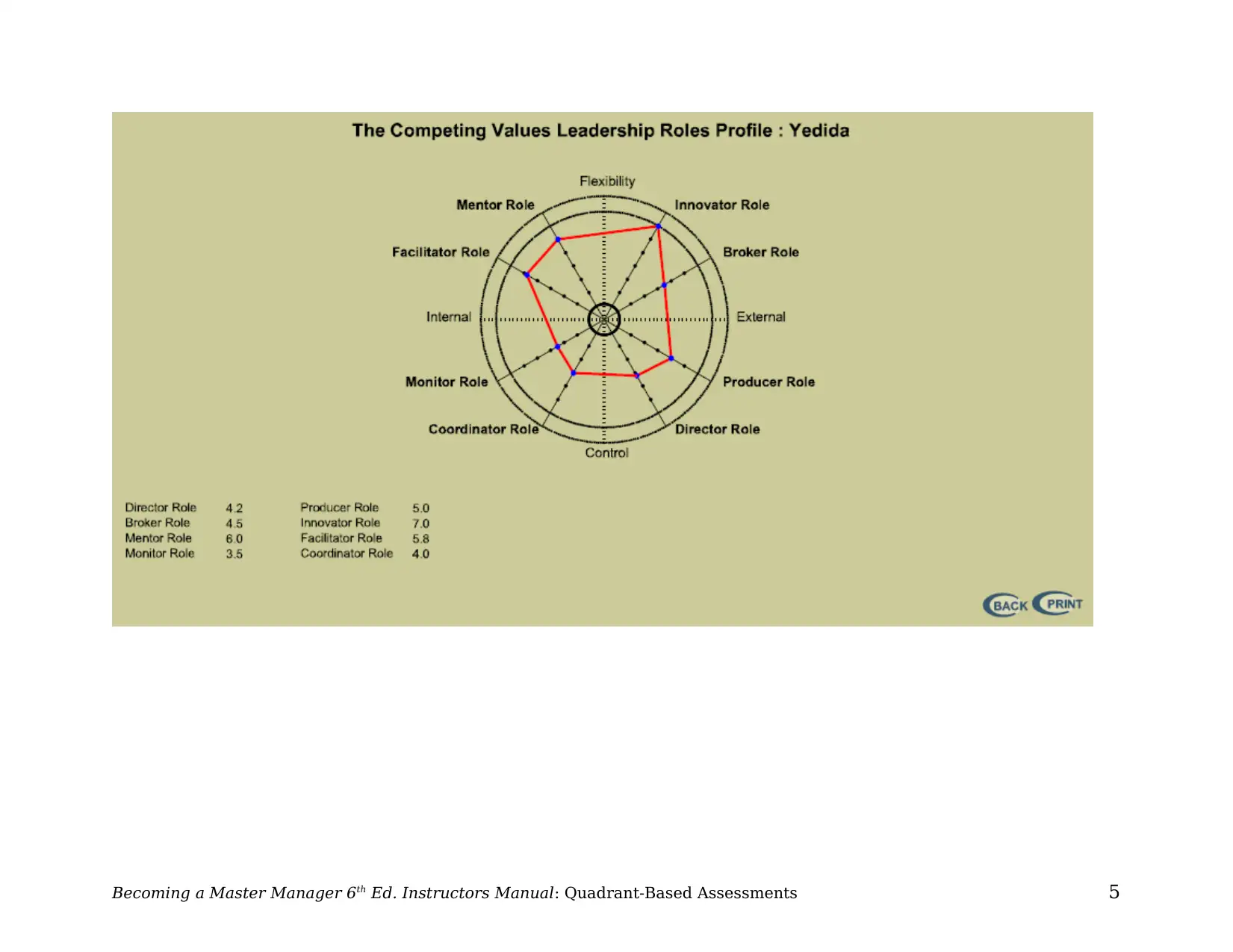






![[object Object]](/_next/static/media/star-bottom.7253800d.svg)